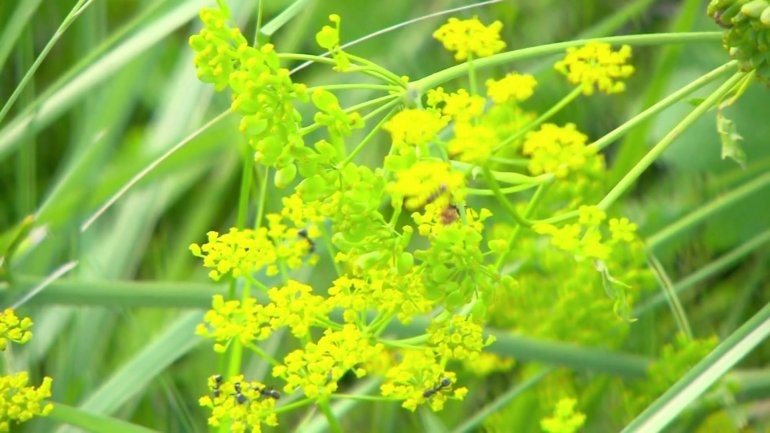DES MOINES — A weed common in Kansas and Missouri, caused an Iowa woman to break out in a painful, bubbly, rash on her arm.
Wendy Prusha of Union, Iowa, was exposed to Wild Parsnip while working in her yard. She developed the rash and had to go to the emergency room.
“It’s a constant burning,” Prusha said. “It just bubbled up overnight. The oils sit on your skin. It’s a constant burning and it eats away your skin.”
Parsnip looks like a dill plant or Queen Anne’s lace. It is yellow and can grow about four feet tall. When parsnip weed comes into contact with skin and is exposed to sunlight, it induces a rash similar to severe burns.
Prusha was just trying to clean up around the creek next to her home. She was picking lilies to decorate the front porch when she began pulling weeds that unbeknownst to her would eat away her skin.
“I just got down here and I was digging them up and getting down to the roots,” she told KCCI’s Ryan Smith.
The oils in the plant blistered her forearm. Then her skin turned red and cracked. Effects can last for weeks and scars can last for years.
If you are exposed to a poisonous plant, the Center for Disease Control recommends:
- Immediately rinse skin with rubbing alcohol, poison plant wash, or degreasing soap (such as dishwashing soap) or detergent, and lots of water.
- Rinse frequently so that wash solutions do not dry on the skin and further spread the urushiol.
- Scrub under nails with a brush.
- Apply wet compresses, calamine lotion, or hydrocortisone cream to the skin to reduce itching and blistering.
- Oatmeal baths may relieve itching.
- An antihistamine may help relieve itching. (NOTE: Drowsiness may occur.)
- In severe cases or if the rash is on the face or genitals, seek professional medical attention.
- Call 911 or go to a hospital emergency room if you have a severe allergic reaction, such as swelling or difficulty breathing, or have had a severe reaction in the past.
The poisonous weed grows in nearly all 50 U.S. states.
In fact, the plant’s growth in Iowa has prompted Department of Natural Resources there to issue a warning.


